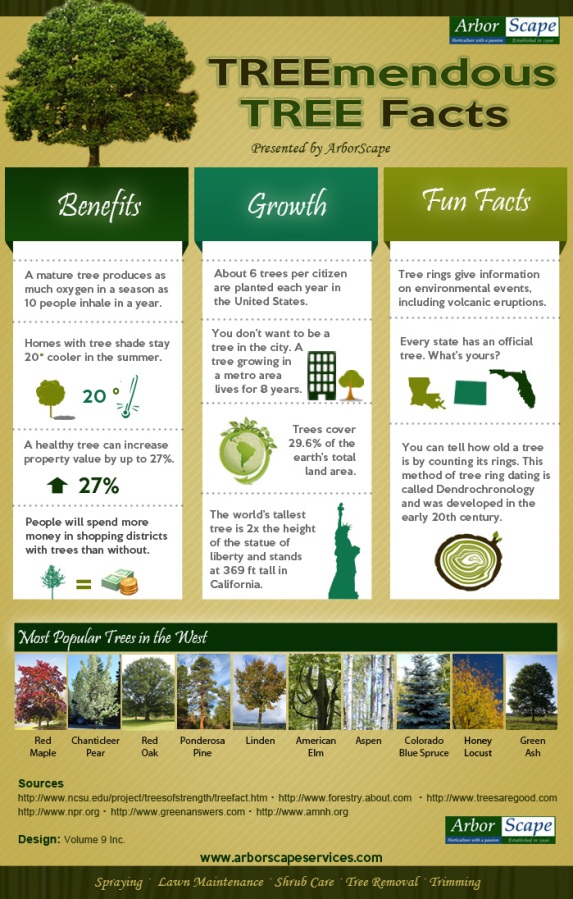Figuring Out The Correct Time For Tree Removal - A Guide For Homeowners
Figuring Out The Correct Time For Tree Removal - A Guide For Homeowners
Blog Article
Created By-Hollis Long
Trees add beauty and value to building, yet they can likewise posture a danger throughout severe climate occasions. If a tree has actually stopped growing, is exhibiting noticeable fungal development, or has a leaning trunk, it needs to be gotten rid of by a specialist to avoid residential or commercial property damage and injury.
To learn more, attend a property owner source reasonable co-hosted by HPD, the Center for NYC Neighborhoods, and Brooklyn-based housing companions this evening in Bedford-Stuyvesant. The occasion will feature the Property owner Handbook, a new guide to assist homeowners browse the responsibilities of having a home.
1. Dead or Dying Branches
Trees are an essential part of your home's landscape, using shade and elegance. They likewise give shelter for wildlife and generate oxygen, yet even healthy trees can experience health issue that might require their elimination. Dead or passing away trees aren't just undesirable, they can be hazardous. Their branches can drop throughout a tornado, leading to pricey property damage and injuries.
When a tree's branches begin to die, it suggests that its framework is starting to break down. If https://drive.google.com/drive/folders/1KV2s3uvSaBfrhed3lEuV2D3MMrDYnAsh?usp=drive_link of its branches are dead, it is likely time to remove it.
Try to find an absence of brand-new development, bark peeling, open injuries or dental caries, fungis growing on the trunk or origins and a general appearance of degeneration in the whole canopy. These indications of infection can suggest a severe issue that will call for professional tree services to solve.
2. Leaning Trunk
While it's regular for trees to lean every so often because of phototropism, if a tree has a hazardous or serious lean that's not as a result of natural processes - maybe a sign that the tree requires to be removed. If the tree is favoring a high-voltage line, home, lorry, play framework or any other location that could be hazardous to individuals if it drops, after that getting in touch with a specialist tree service for removal need to be a leading priority.
It's also essential to watch for any kind of sudden changes in a tree's leaning as it can show damage to the origins or trunk that may lead to falling. This is especially real throughout stormy weather, since high winds and rain-soaked soil can cause a lean to change swiftly. Normal monitoring, specifically throughout and after storms can aid property owners recognize possible issues with their trees so they can call an arborist for a comprehensive evaluation.
3. Bug Invasion
Some pest invasions, such as wood-boring pests like emerald ash borer or sap-suckers like range pests, are so extreme that they can cause a tree to die. The most effective way to stop pest problem is to check your trees on a regular basis. Try to find places, openings, or stainings in the fallen leaves and bark. Examine the trunk for cracks and indicators of insect damage, such as tunnels or tracks.
If a tree ends up being too infested with bugs, or is close to a home or power lines, an arborist may suggest elimination. If a leaning tree develops a brand-new, unpredictable lean, an arborist will likely advise elimination also to make sure the security of people and property. If a weakened or dead tree constantly loses excessive branches, it is an indication that it is time to eliminate the tree. If a tree continues to lose branches for an extended time period, it might cause architectural troubles and possible property damages.
4. Harmed Trunk
Trees are a lovely and important part of our landscape, but they do call for regular care to maintain them healthy and balanced and secure. If check out the post right here is damaged beyond repair it is likely time for it ahead down.
Seek indicators of damage to the trunk, including vertical splits, seams, dead branch stubs, noticeable wounds or open tooth cavities and severe tree-rot. The visibility of fungis at the base of the trunk is one more cautioning indicator. Fungis may indicate that the phloem and xylem (life-support tissues) are jeopardized, allowing for the spread of disease or a future failing.
Additionally, think about whether the tree has actually quit expanding. Healthy and balanced trees will have new development each year, which may show up as buds or branches sprouting and extending. If you don't see any new growth, it's an excellent idea to have an arborist examine the tree and follow their referral for elimination. A dying or damaged tree can fall and cause residential property damages.